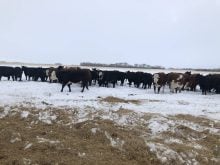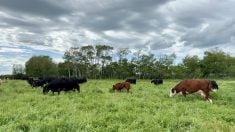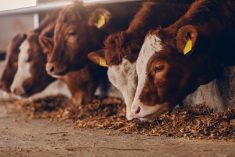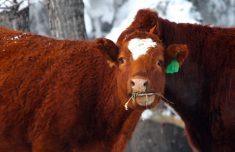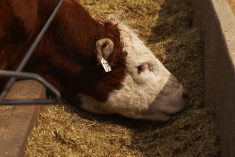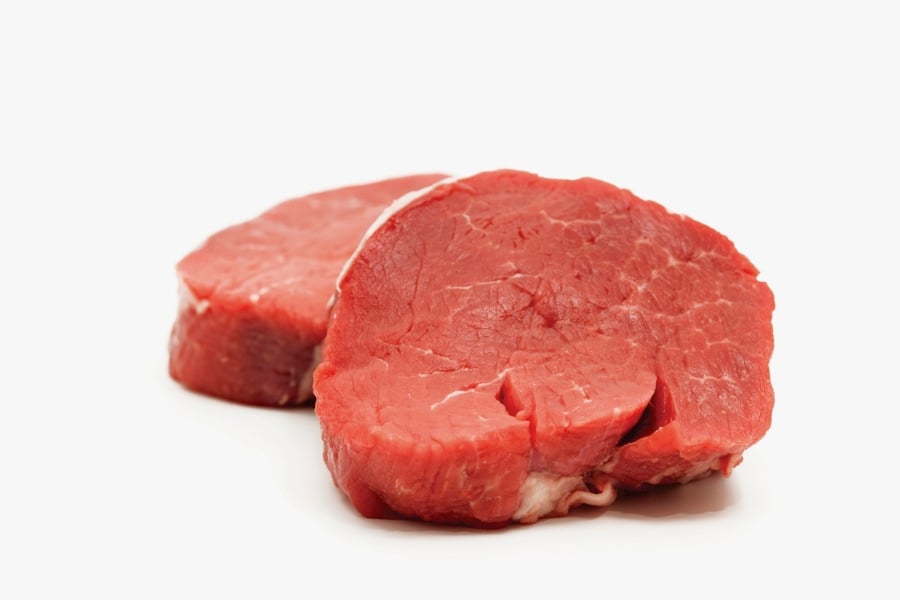Author Naomi Klein wrote: “Politics hates a vacuum. If not filled with hope; someone will fill it with fear.” Many can likely relate to this statement in the current political environment. From American politics, specifically on trade and immigration — to pipeline threats and promises, the art of filling the vacuum with fear is alive and well.
In the business of food, the message has also been fear driven, proclaiming that we will need more food to feed a rising population that will soon reach nine billion. Putting the pressure on the farmer’s shoulders to produce more food in volume is a ruse; we have more than enough food in the world to enhance the life of every person. In 2016 the global beef production would allow for 18 pounds annually for every man, woman and child.
Read Also
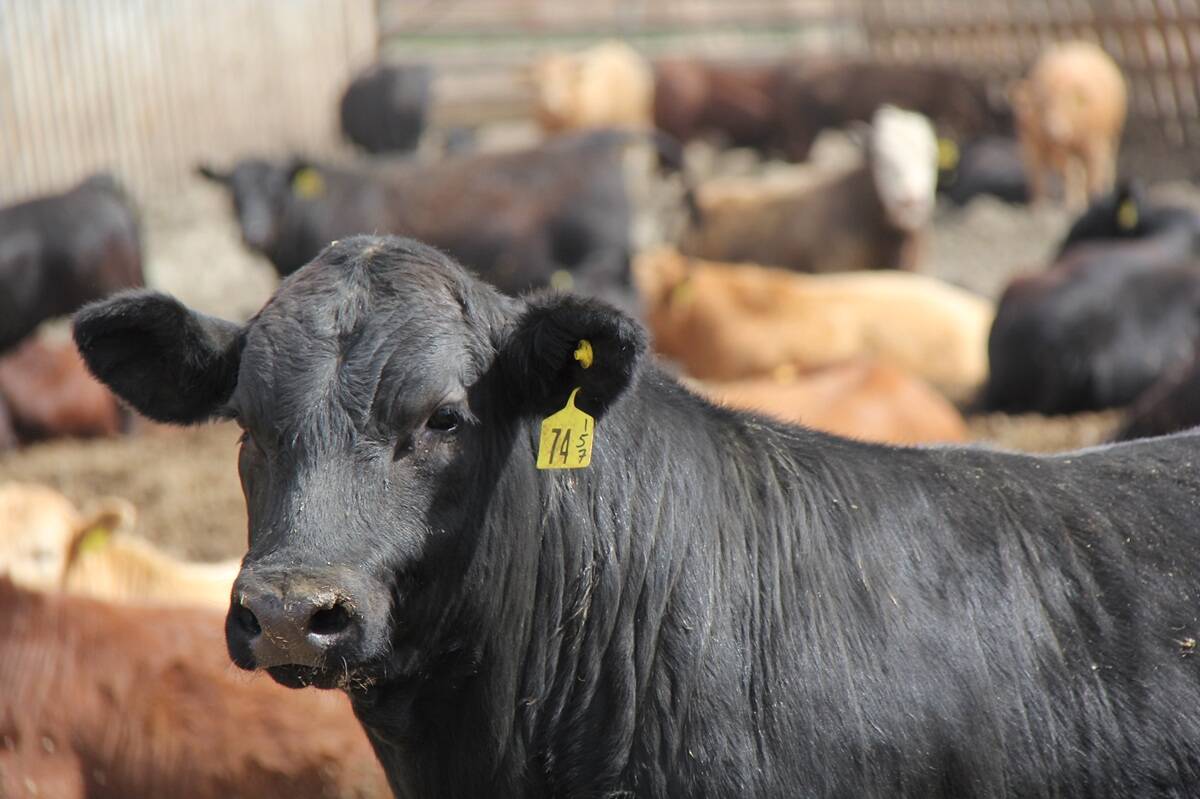
Mycoplasma bovis in beef cattle causes more than pneumonia
M. bovis causes pneumonia and is a major cause of infectious arthritis in calves and feeder cattle
- More ‘Straight from the hip’ with Brenda Schoepp: Carbon cut on beef
Hunger, however, remains a reality and as global logistics specialist Esther Ndichu reminds us: “hunger is not a food issue, it is a logistics issue” with 40 per cent of food wasted due to the lack of infrastructure, particularly storage and timely market access. This statement is well supported in several global reports which confirm that the distribution and accessibility of food is a logistical nightmare, often falling victim to political power and control.
Food waste is expected to reach two billion tonnes globally with a value of US$1.5 trillion. Canada is the second most wasteful country on earth.
The United Nations Sustainability Development Goal No. 2 is zero hunger. But the definition of it is in the provision of “access” to food. The fear message that is the darling of the media and those who profit from inputs to “grow more food” disguises the issue of consumer access. Access means both physical and economic access.
In Canada, the feeding of the hungry is left primarily to food banks. Canada’s 1998 Action Plan for Food Security focuses on food safety and globalization, missing the mark of food accessibility and loosely aligning with our agreement under the Universal Declaration of Human Rights, which states that food is a fundamental human right. Addressing the infrastructure of food delivery and storage from a global perspective is huge.
I think of this from my own current situation as I live in a suite in the city. One of the most vulnerable issues for me is the inability to grow my own food. I do not have space and even in this temperate rainforest climate there is little topsoil as I live on island rock.
It brings to light the issue of access to food for the majority of the global population which is urban and living near the sea, just as I do. If the problem is access to food and not volume, then we may have to start teaching people how to grow food. I have access to food as long as I can walk or drive and have money. Many others, however, may face empty shelves, long distances and economic hardship.
If growing our own food or a portion of our own food mitigates the risk of food access, then the question for the beef industry is: What is our role in the creation of food security?
Addressing the global issues starts with the consideration of the local impact. If all Canadians do not have access to Canadian beef then how will we logistically ensure this can happen?
Pricy beef in large packages is not accessible for those with economic hardship. In 2016, 28 per cent of Canadians lived alone. The offering in the meat case is often both expensive and not complementary to a single serving. As the industry faces a supply risk, the chances of retail price increase is a reality, potentially further impeding access for all.
All national and global initiatives have a starting point and that point is local. To fully engage in food security and ensure beef is on the plate we must start in our own backyard. For beef that means addressing accessibility both physically and economically and reducing food waste. We must imagine the world we want and then imagine ourselves as actors in it.
What creative steps can we take? Industry can be part of the teams that teach people how to grow food, engaging at the ground level with our consumer. Since city folks often cannot raise beef, our role may be teaching them how to cook it as a complement to the veggies we are teaching them to grow. Perhaps the industry can drive the food waste challenge and publicly create a following in leading by example earning valuable social trust. What innovations, technologies and strategies does the beef industry have to reduce food waste?
Forums are the most effective form of stakeholder engagement and the industry’s primary stakeholders are the people who eat or would eat beef. The industry needs to ask more questions and listen to their young people and to those urbanites who live alone. Better yet, let’s ask those in remote communities, single and working moms, daycare workers, students and those who need food banks. Rather than tell them what we have — let’s listen to their fears, ask them what they need and how we can ensure access of product to them.
Beef is a positive story for the food industry. Managed properly, the animal itself plays a critical role in ecological balance and the nutrient profile of the product is outstanding. Somewhere in the middle of domestic hamburger and export loins is an answer to reduce waste and increase accessibility for all. Perhaps all we need to do is ask and have the political will to listen and then to act.


